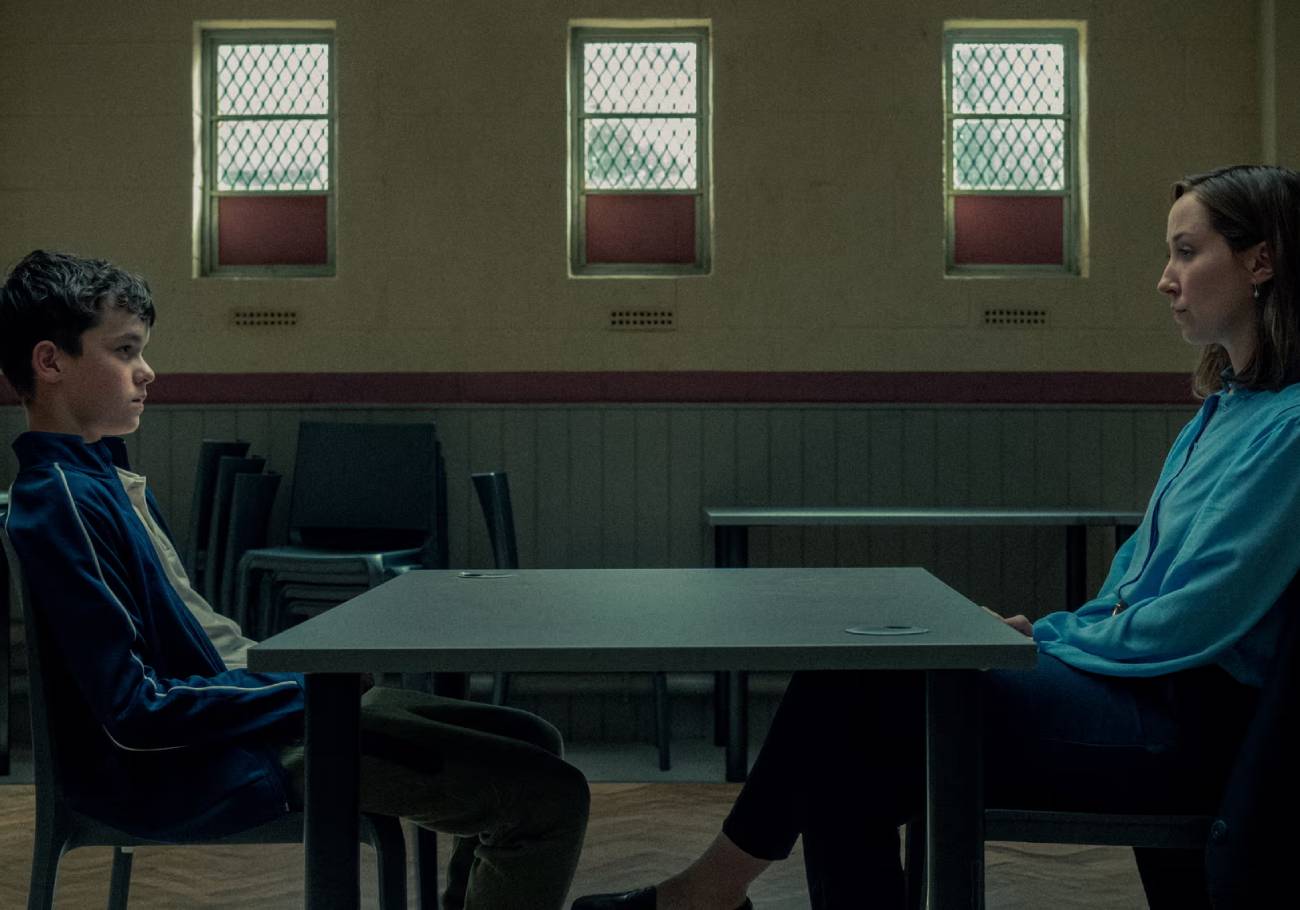
Netflix’s Adolescence isn’t just a show—it’s a wake-up call. It digs into how smartphones and social media shape teens, leaving parents scrambling to keep up.
Kids today clutch devices, lost in games or chats, far more than any generation before. The stakes? Their wellbeing hangs in the balance.
The series nails a brutal truth: technology’s a double-edged sword. It opens doors—education, fun, connection—but slams others shut.
Adolescence shows teens sinking into isolation, dodging real talks, and clashing with family. Worse, cyberbullying and scams lurk online, spiking parental dread.
Why Adolescence hits home hard
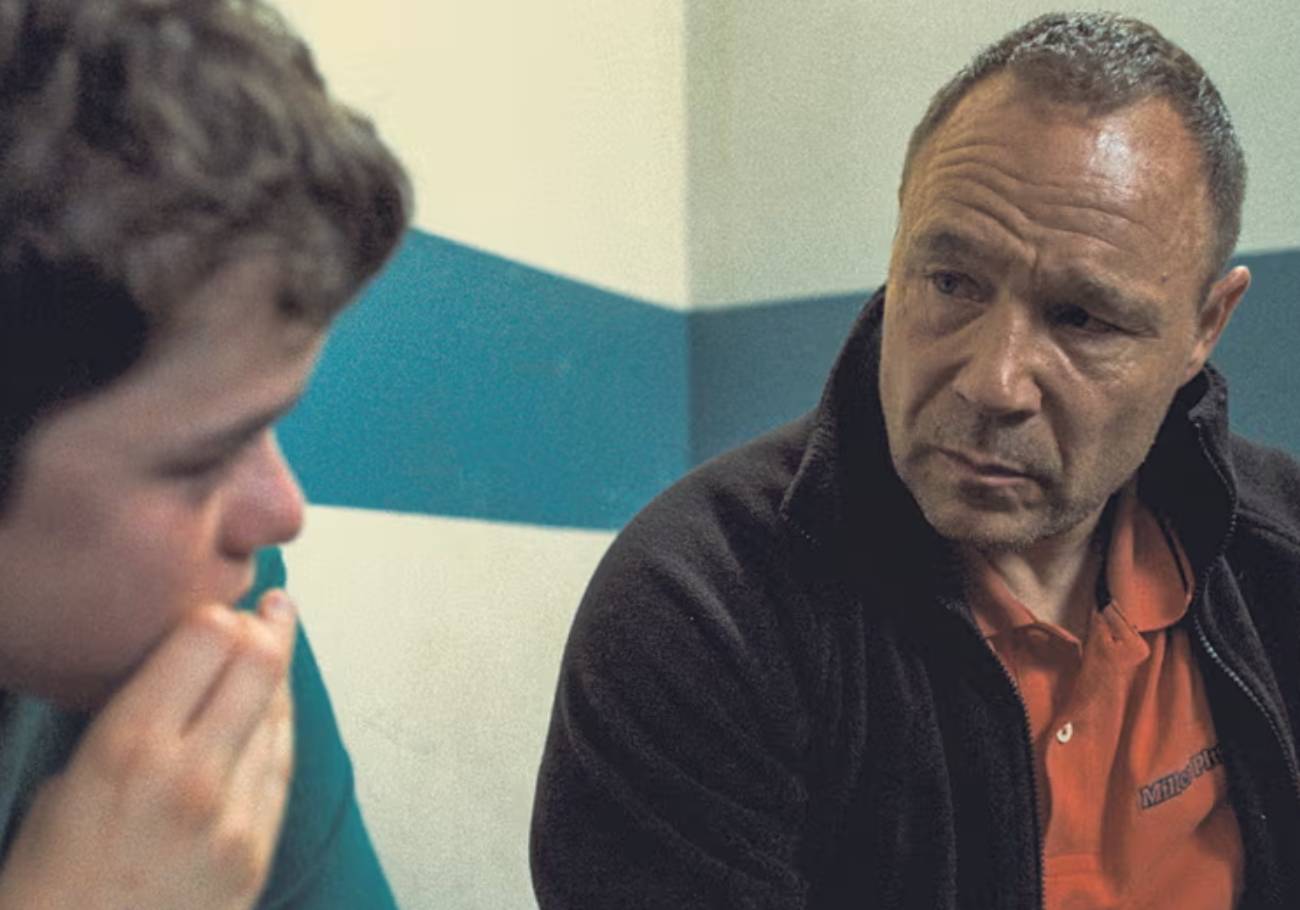
In the finale, Eddie and Manda face their son’s screen obsession.
Eddie’s line cuts deep: “You don’t know what they’re watching in their room.”
It’s a gut punch for parents everywhere. Teens crave digital ties; parents see a void.
That gap’s real. Parents grew up chatting face-to-face. Teens build lives online—friends, worth, all of it.
What’s excess to adults is oxygen to them.
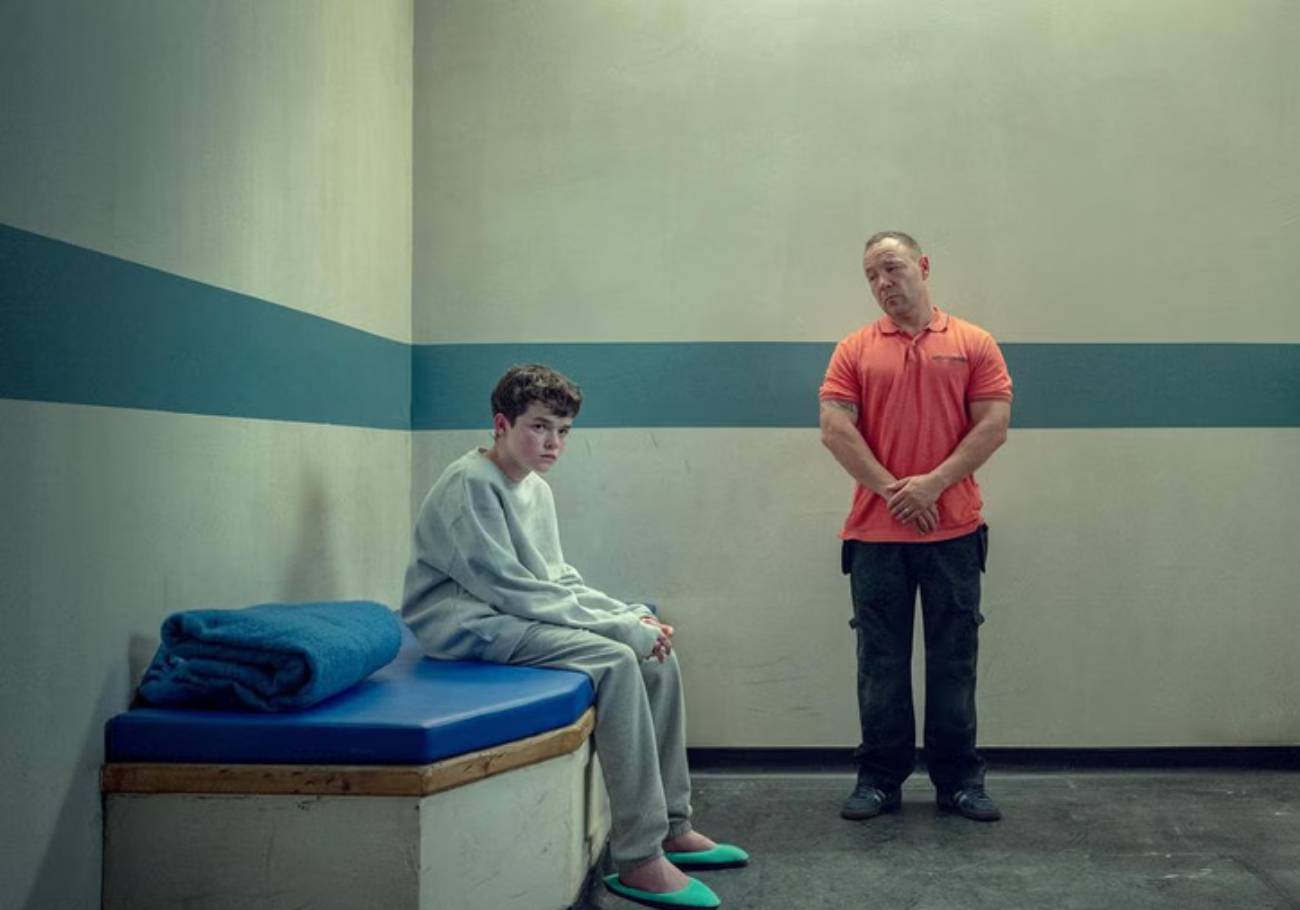
Psychologist Erik Erikson nails it: adolescence is about identity. Kids push for freedom; parents pull for safety. Cue the fights.
Traditional fixes flop. Bans breed secrets. Strict rules spark rebellion.
Adolescence hints at a better way: partnership. Parents must swap policing for talking—open, honest chats about risks and values.
Asian homes might balk—vulnerability’s rare. Yet, it works.
Kids who get the “why” behind rules buy in. A family digital pact, built together, blends freedom and guardrails. Respect grows.
Also, parents must walk the talk. Model good habits—less scrolling, more living. It’s not just rules; it’s trust. The show’s parents learn this slow, but it sticks.
How Adolescence sparks smarter bonds
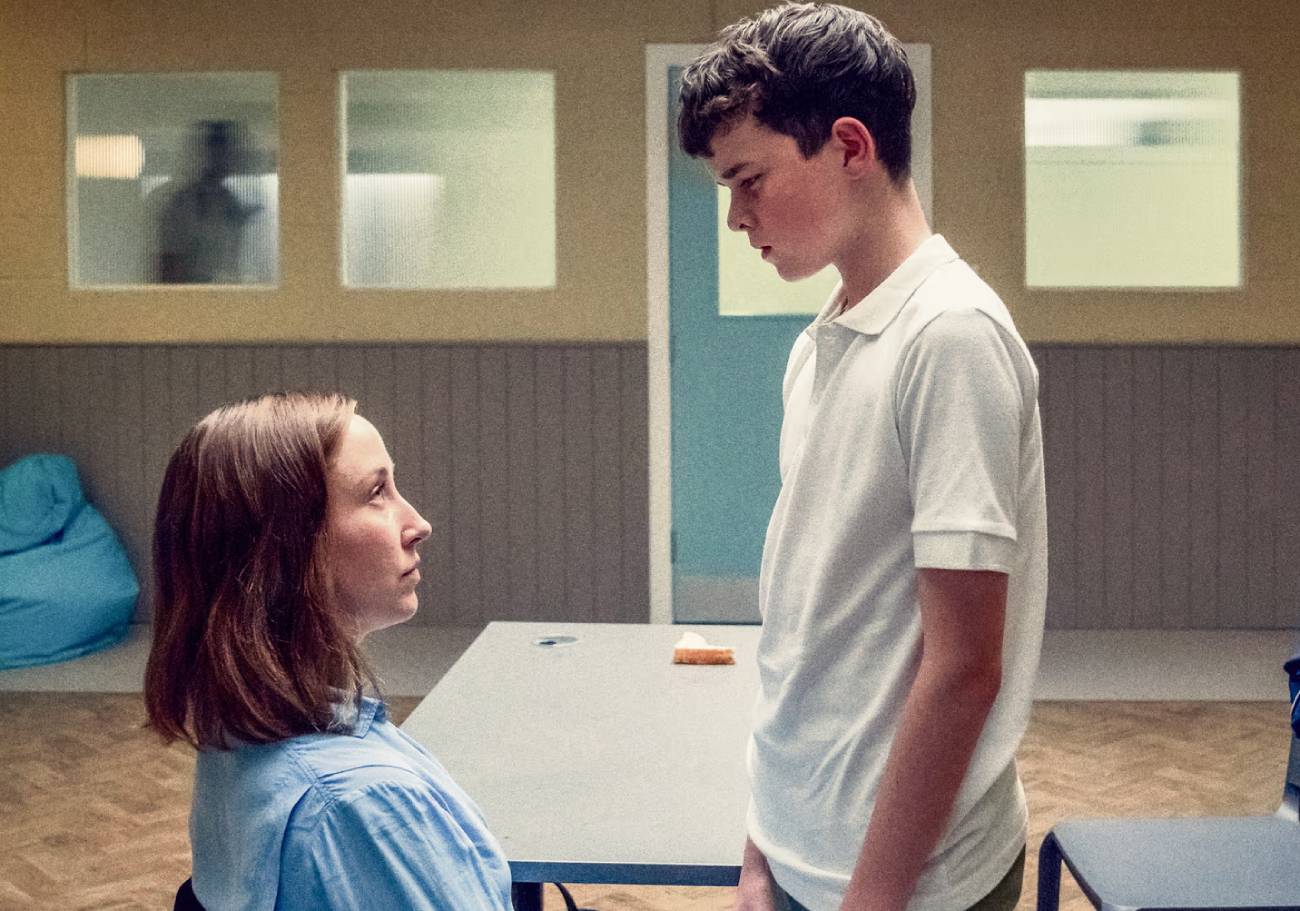
Common ground shifts the game. Families can dive into tech together—apps, videos, trends.
It’s not a foe; it’s a bond. Parents glimpse their teen’s world without snooping. It’s simple, but it works.
Web searches spike with “adolescence and tech” queries. Parents crave fixes. The show’s answer? Partnership over policing. Kids who feel heard don’t dodge—they lean in.
A “adolescence digital harmony plan” could save the day.
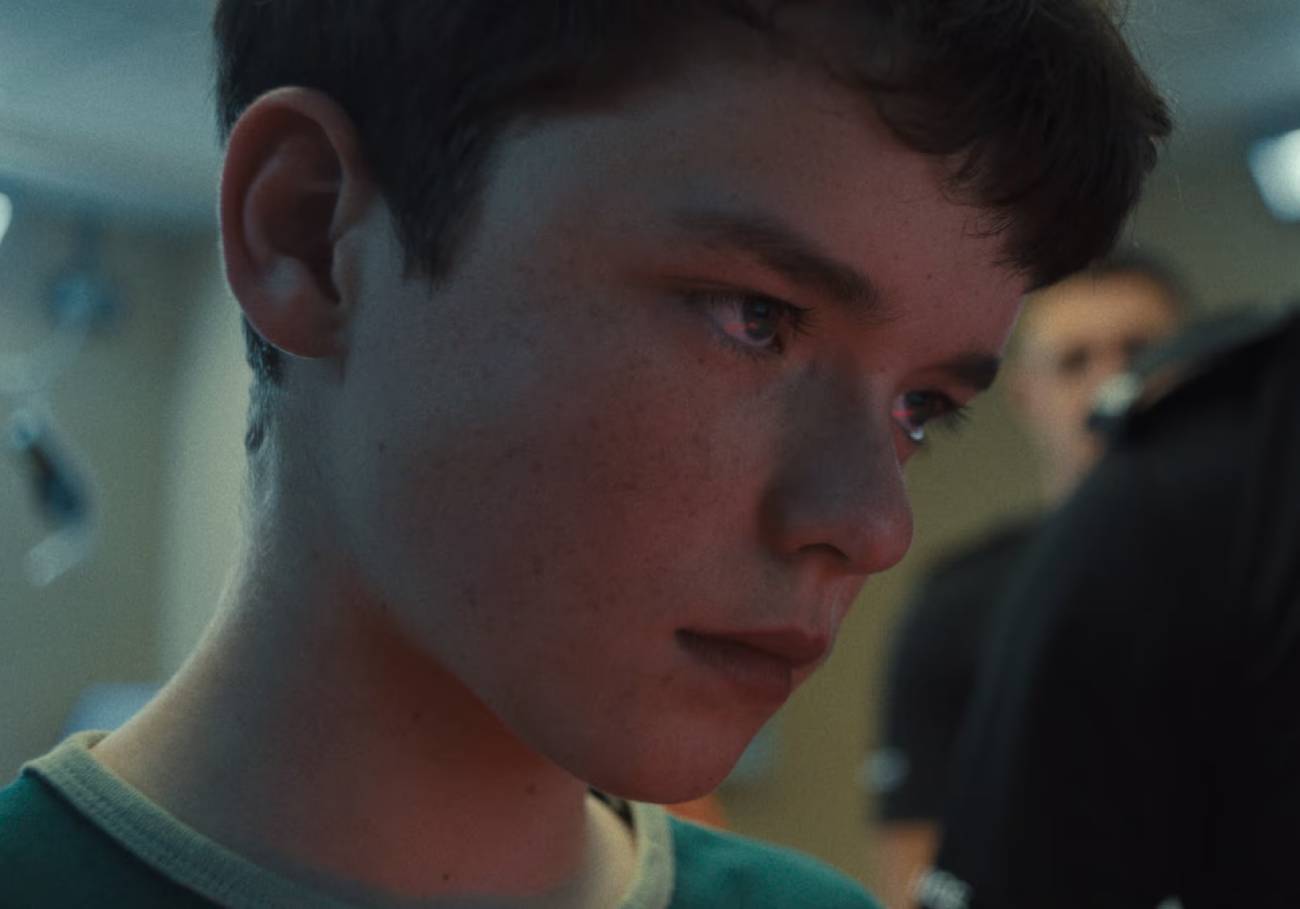
Also, trust trumps spy games. Open lines mean guidance, not secrets. Teens steer their own course, safer. Families tighten, not tear. Tech’s not the villain—ignorance is.
Next, consider the upside. Tech’s perks—learning, fun—shine when guided right.
Adolescence doesn’t just expose the mess; it lights a path. Parents can lead, not lag.
Finally, it’s about empowerment. Teens need room to grow, not chains. Collaboration hands them tools—responsibility, smarts—to thrive online.
Parents win, too: less worry, more connection.
Adolescence doesn’t pull punches—it’s a raw look at tech’s chokehold on teens.
From Eddie’s despair to a hopeful shift, it’s clear: trust, not control, saves the day.
Faeza Hasnan is a registered clinical psychologist and a senior lecturer in the Master of Clinical Psychology programme at the School of Liberal Arts and Sciences, Faculty of Social Sciences and Leisure Management, Taylor’s University.


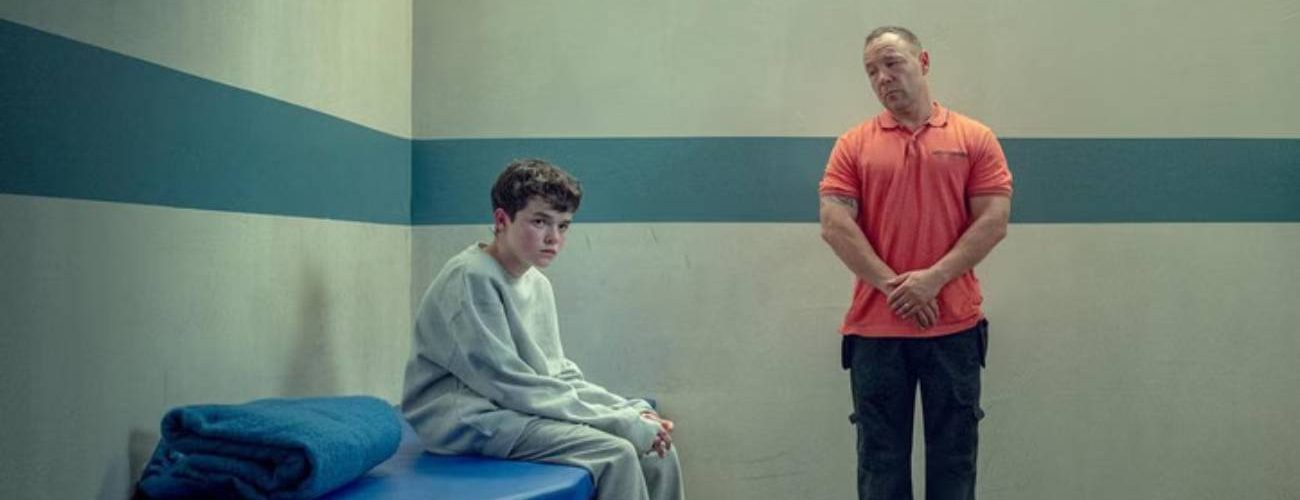
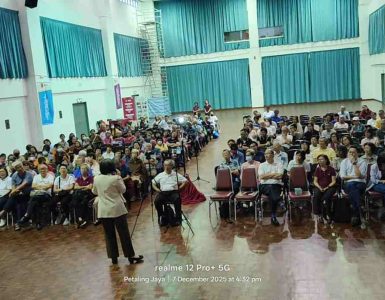


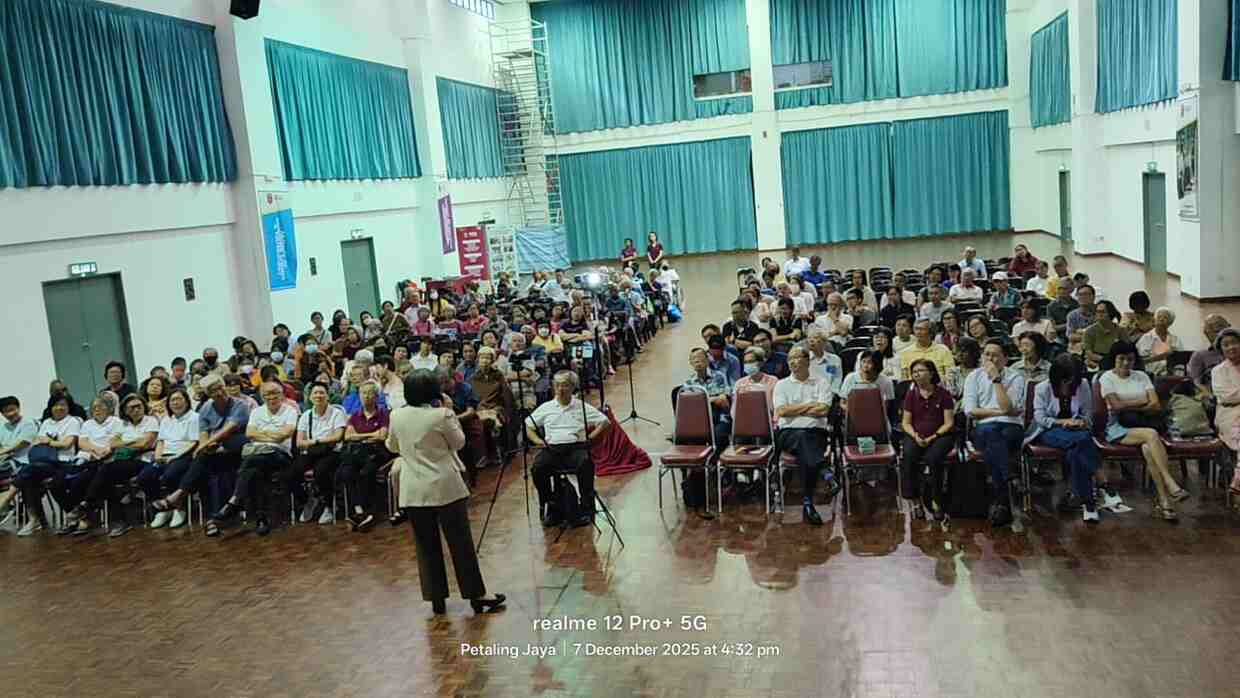





Add comment